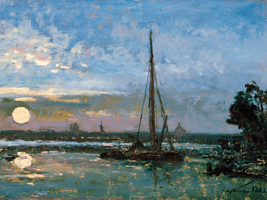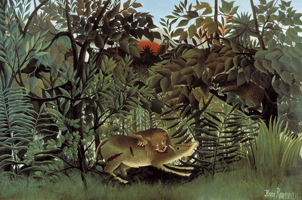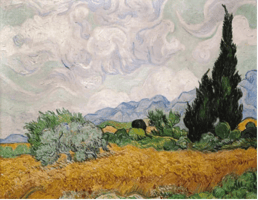The 19th century was a time of great artistic expression and development, with many of the world’s...
Uncovering the Timeless Beauty of Art Nouveau
Art Nouveau is a style of art and design that emerged in the late 19th century and flourished in Europe and North America until the early 20th century. It is characterized by its sinuous, flowing lines, organic shapes and delicate, pastel colors. Its influences come from both natural forms and the design of modern machinery.
Art Nouveau was a reaction to the rigid and often ornate lines of the traditional artistic styles of the time. It sought to express a sense of freedom, elegance and beauty in its designs. Its use of bold, sinuous lines and vibrant colors gave it a unique and unmistakable style.
The most iconic images of Art Nouveau are the designs of Alphonse Mucha, who is widely credited with popularizing the style. Mucha was a Czech graphic artist who was inspired by the Symbolist movement of the late 19th century. He was particularly fond of the curvilinear lines, flower motifs and graceful figures that were typical of the Art Nouveau style. His posters, advertisements and magazine covers became some of the most recognizable images of the period.
In addition to Mucha’s work, many other artists and designers embraced the Art Nouveau style. Architects such as Antonio Gaudi in Spain and Victor Horta in Belgium used the style to create some of the most iconic buildings of the period. Glassmakers, jewelry makers, ceramicists and furniture makers all incorporated the style into their work. Art Nouveau was also a popular choice for fabric designs, wallpaper and book covers.
Art Nouveau was a brief but influential period in the history of art. Its graceful lines and vibrant colors helped to redefine the way people looked at design and art. Although it has been largely supplanted by more modern styles, its influence can still be seen in contemporary design.




